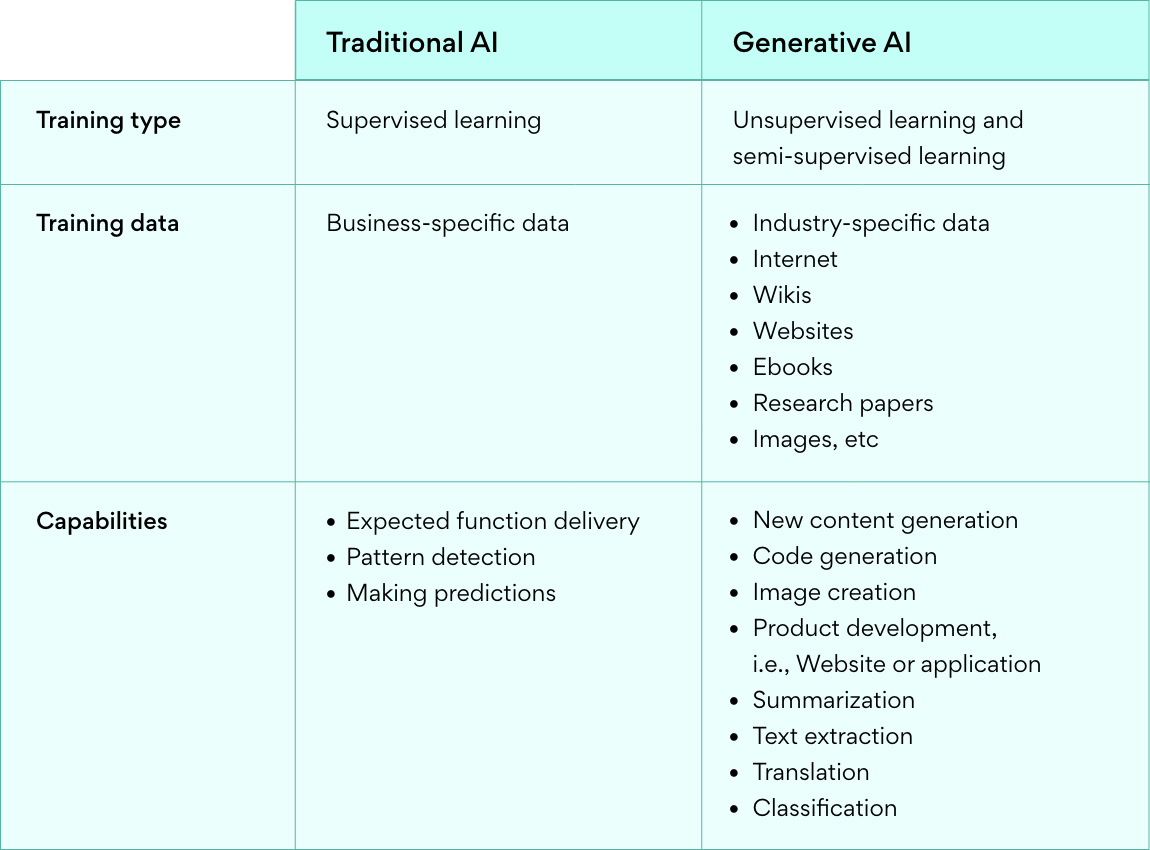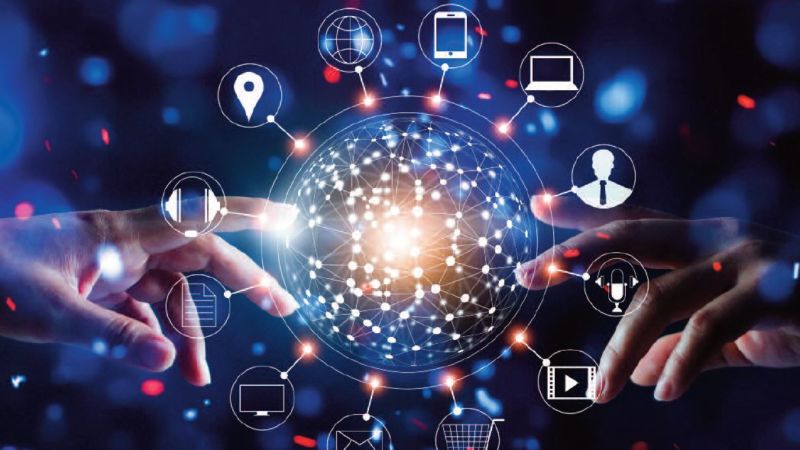AI explainer | New Law Journal | The leading weekly legal magazine
We are seeing the words ‘artificial intelligence’ thrown around in an increasingly casual manner. It is the new buzzword. Anyone who has a computer program that is even remotely complicated is now describing it as AI. That is understandable in a social media world, where you must shout louder than anyone else to be heard. But let’s first take a step back and examine what the buzz is all about. Clearly, AI is an expression that is easily confused and regularly misused.
However, a leading test of what amounts to AI was introduced by Professor Alan Turing in his seminal paper ‘Computing machinery and intelligence’ in 1950. The Turing Test was, and is, basically: ‘Can a computer imitate a human so that a human cannot say whether they are engaging with a machine or another human?’ The test, originally called ‘the imitation game’ by Turing, does not reference specific technology, such as machine learning, analytics, natural language processing, neural nets, etc. The test is focused on the user experience. It is not a test of complexity.

My chess game is complicated, but it isn’t AI. Tesla cars are almost entirely made by very complicated robots and computer programs, but it isn’t AI. But I think we may be presumptuous enough to add to the Turing Test by noting that some elements are clearly necessary to pass it. The ability to interact using natural language. The ability for the system to create something new. The ability to adapt and learn. I think it is reasonable to include these elements as necessary to imitate a human.
The Development of AI Models
The relatively recent development, generative AI, has produced a lot of publicity. Rightly so. It will fundamentally change the way all the ‘cognitive’ industries work. It represents a huge advance in technology. But first, let me explain its precursor, extractive AI. Extractive AI can be thought of as a system that extracts relevant data points from a library it has been trained on. It combines them, creates logical links between those various data points, and uses that huge mass of connectivity data to reproduce parts of the library in response to natural language questions.

The recent advance is generative AI. This technology builds on the ideas of extractive AI to generate newly created, human-understandable responses. That may involve creating new photos or videos (as we see in the world of ‘deepfakes’). Or it may be creating natural language responses to natural language questions or instructions. Most importantly, it is trained on, and requires, massive amounts of data. Thus, instead of answering your query by simply referring you to relevant information from the library it has been trained on, it will produce an answer of its own based on that library of data.
AI Systems in the Legal Profession
My focus for our purposes, and especially the cognitive industry we commonly refer to as the legal profession, is on the use of language by generative AI systems. Also referred to as large language models (LLMs), the key thing to note is the generative AI large language models do not understand words and language in the sense understood by humans, be they philosophers or psychologists. The LLMs are really playing ‘the imitation game’. The LLM is a statistical modelling system. It looks for patterns in language that are most often used and then uses that to predict the likely next word.

I don’t wish to minimise the amazing achievement that this is. Huge advances in processing power and connectivity speeds have made it possible to combine literally billions and billions of data points to create the necessary complexity required to be able to deliver a coherent answer at speed. However, because it is not a true understanding of word meanings and concepts, it cannot know some important issues.
The Future Impact of AI in Legal Services
Professional services, of all kinds, will begin to see the greatest transformational change in the near to medium term because of this coming Industrial Revolution. This is because those professions are the cognitive industries, where previously human judgment prevailed, but where data and analysis will eventually dominate. However, it is possible these new challenges will open a range of new opportunities. Old skills go or change, new ones open—skills and roles that can’t even be imagined today.
In conclusion, the impact of AI on the legal profession is not disastrous if you are prepared for it. It will be amazing if you embrace it. But be careful; human intelligence must use AI appropriately—or you will reap what you sow!
Source: New Law Journal




















